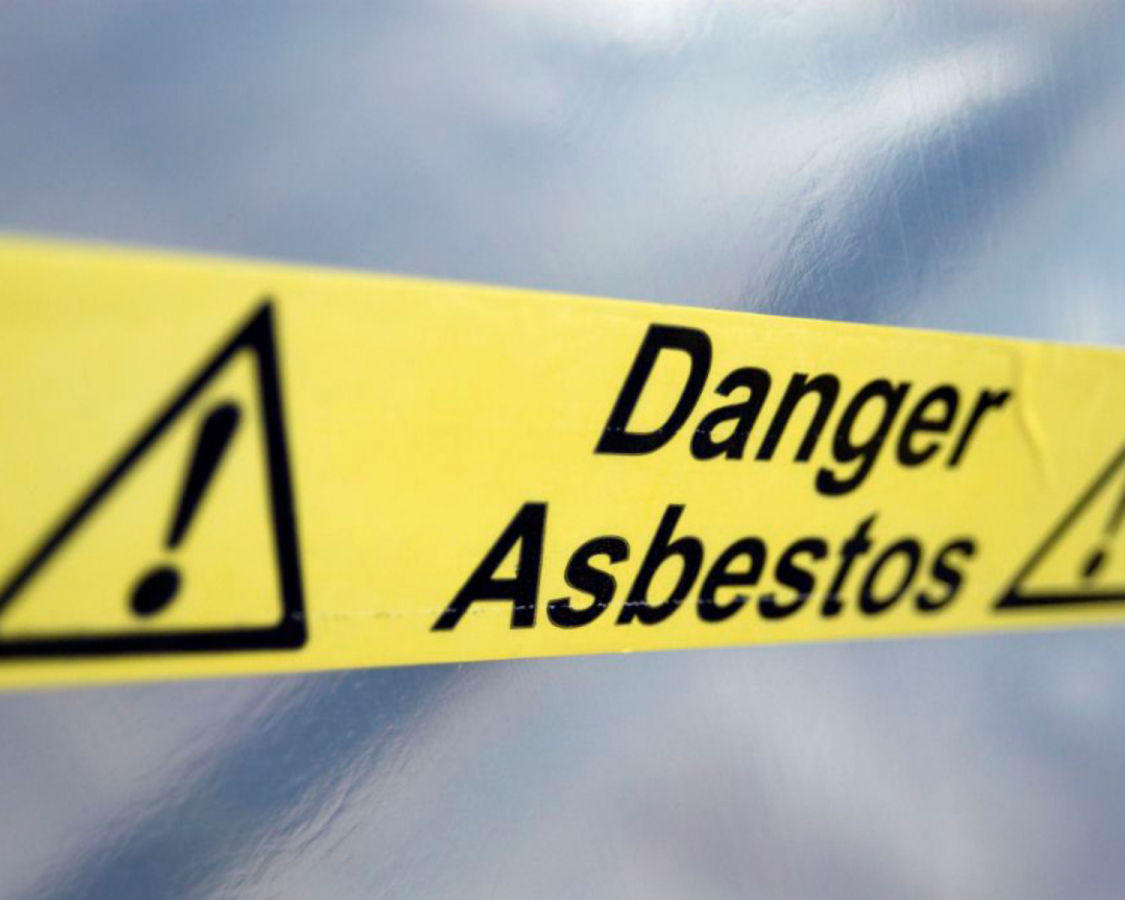The article explains asbestos, its risks to health and explains how to minimize its exposure through online training courses.
According to the Health and Safety Executive, almost 5000 people die every year as a result of asbestos exposure. It is a serious risk to human health, and its exposure must be stopped. But who is responsible for preventing its exposure? Don’t know? No worries, I will answer you here in this article.
What is asbestos? Why is it dangerous?
Asbestos is a mineral fibre which is resistant to electricity, heat, and corrosion. Due to these resistant properties, it is useful in many manufacturing processes. But when it is deteriorated or damaged, it releases fibers that cause a high risk to human health. The diseases as a result of airborne inhalation are asbestosis, mesothelioma, asbestos-related lung cancer, and pleural thickening. According to recent research conducted by HSE, 125 million workers are at risk of asbestos exposure. In 2017, 2,523 mesothelioma people lost their lives in Great Britain. The latest prediction shows this death rate will continue to be over 2500 deaths per year for the next decade.
Where is asbestos present?
Asbestos is present in buildings that were built before the year 2000. It is widely present in many construction and insulation materials. It also proves its existence in many vehicle parts such as gas kits, and clutches. Shockingly, a small ratio of asbestos is also present in talc-based cosmetic products such as lipsticks, eyeshades, etc. because both exist in close proximity to each other most of the time.
Responsible authorities for preventing the asbestos exposure
Employers
Many employers, including contractors and factories, are found guilty of allowing their employees to work with asbestos products without giving them proper training. In this regard, the following laws come into force that applies duties on employers for protecting their employees.
Health and Safety at Work Act 1974 set protocols for employers to keep their workers safe whilst on the job. Penalties such as fines and imprisonment are set for those who violate the law.
As per the Control of Asbestos Regulations 2012, states that employers who deal with asbestos should hold a license that guarantees they are fulfilling the requirements of proper monitoring of asbestos materials.
"Every employer must prevent the exposure to asbestos of any employee employed by that employer as far as is reasonably practicable."
- The Control of Asbestos Regulations 2012
The regulation requires your employers to provide and utilise engineering controls, protective work practice procedures, personal protective equipment (PPE), and medical surveillance procedures for reducing the risk of asbestos fibres as far as possible. Moreover, building owners must determine the location and quantity of the asbestos presence, and this information should be transferred to each worker. So, he can estimate the risk ratio and take precautionary measures accordingly. Employers need to place warning signs and labels at work areas where asbestos-containing materials have been identified.
Each business owner is legally bound under the above regulation to perform the risk assessment process that includes the following main steps:
- To identify asbestos types at the work area
- Possible levels of asbestos exposure
- Take precautionary steps to reduce the asbestos exposure
- Monitor asbestos exposure
It can be seen that employers are responsible for offering protection against asbestos exposure. If they fail to provide this protection, you can file a case in federal courts of your country. As a result, your employer will face a heavy amount of fines, or even imprisonment if the damage is serious.
In this regard, I believe UKATA asbestos awareness online course can prove to be a cost-effective solution for employers. They can train them by offering short, yet highly informative asbestos awareness-based training programmes.
Take Away!
Here, I have discussed who is responsible for saving you against asbestos exposure. What are their duties, and what you as an employee should do if they fail to provide you protection? I have also discussed, a cost-effective solution for employers to create basic asbestos awareness among employees. This could aid them to protect themselves from asbestos exposure.





